
- Earthrise from Apollo 11
 Worldview Apollo 11
Worldview Apollo 11
 Thesoundsofhistory.com/apollo11
Thesoundsofhistory.com/apollo11

Neil Armstrong - Video:
Memories of Apollo 11
The Washington Times
Return to the moon - 2020 goal set as next step into the beyond
By Katherine Timpf and Jessica Lipowski, W.Times, July 20, 2009

-
Apollo astronauts relive their moonshots
On the 40th anniversary of the first man on the moon, NASA is looking 11 years into the future to the next men -- and women -- on the moon. Since initiating its Constellation program in 2005, the space agency has planned to return to the moon in 2020, in part, to prepare for future manned missions to other parts of our solar system, such as Mars, said NASA spokeswoman Lynette Madison.
A key element is developing the technology to help people to work and live on the moon for up to 180 days -- an ongoing effort that had its genesis in the Apollo program that put Neil Armstrong and Buzz Aldrin on the moon in 1969 and has continued through the space shuttle program and the International Space Station project. "Before you can go someplace like Mars, you really need to be able to establish an understanding of how to live off the planet, and this is the next step," Ms. Madison said of the 2020 moon mission. She noted that a mission to Mars would be lengthy: six months to get there, a year on the Red Planet and then six months to return to Earth.
Consequently, the moon will become a steppingstone to the rest of the solar system, a proving ground for new technologies and a training facility for a new generation of space explorers, NASA officials said. "What we envision is having a ... sustained U.S. presence on the moon ... being able to live off the land, to get oxygen for lunar regulators," said John Olson, a manager in NASA's Office of Safety and Mission Assurance. "We will explore to see if there's water, ice at the poles. We can use the sunlight to power our systems." In every way the Apollo program's methods and machinery will be eclipsed by Orion -- the heavenly name given to the crew exploration vehicle that will investigate the moon's surface. On the first return trip to the moon, astronauts will stay seven days -- more than twice the Apollo astronauts' three-day record.

What's more, Orion is considerably bigger than Apollo's modules to accommodate a larger crew, with three- or four-man teams replacing the two-man groups that explored the moon's surface in the 1960s and early '70s. "When it comes time for a Mars mission, we will look at increasing the seats," said John Connolly, a vehicle engineering manager in NASA's Constellation program. However, Mr. Olson said NASA's plan for a "sustained U.S. presence on the moon" does not exclude international partners in the mission. The U.S. will build the transportation system that will transport the astronauts from Earth to the moon and back, but other countries are open to help in other ways, Mr. Olson said, adding that NASA always has intended to have international involvement in the project. "It will be an international effort," Ms. Madison said. "We have no firm commitments, but we are beginning to work with them. ... It will take an international effort to do something as large as this project is."

- Moonwalker astronaut Dr. Buzz Aldrin
-
Kennedy Space Center marks 40th anniversary of Apollo 11 launch to the moon
The sharing of resources, data and technology will be important to the next moon mission's success, officials said. In fact, much of the technology that NASA has developed to help moon explorers live and work on the lunar surface already has been tested, approved and shared -- in various commercial markets. "NASA technology is really ubiquitous in everyday life, but most people don't know it," said Doug Comstock, director of NASA's Innovative Partnerships Program. For example, the space agency's water recycling and purification technology, which resulted from NASA's space shuttle program, has been used for humanitarian relief in remote regions and impoverished areas of Earth, said Robert Bagdigian, project manager at Marshall Space Flight Center. The water-purification system relies on iodine, instead of chlorine, to kill bacteria. "When NASA started anticipating a permanent space station in orbit, they began looking at developing technologies that would allow waste water [such as urine and sweat], rather than being thrown away, to be generated and purified to the point where it could be reused over and over again," Mr. Bagdigian said.
Sometimes NASA finds its technology being used in new and unexpected ways. Mr. Comstock said the know-how that helped pump propellant into space shuttle rocket engines is the same as that being used to pump blood during heart transplants. Licensed by the medical research and supply firm MicroMed Inc. in 1996, the left ventricular assist device, or LVAD, is based on NASA's fuel-pump technology. "Because the original technology was owned by NASA, it was in their best interest and therefore the best interest of all the United States citizens to commercialize this technology," said Bob Benkowski, MicroMed's chief operating officer. Other NASA-based innovations include "memory" foam, which retains the shape of objects placed on it; various materials used in sports equipment; scratch-resistant and UV blocking lens; carbon-monoxide detectors; freeze-dried food and imaging technology used to examine clotted arteries.

- An astronaut colecting moon rocks.
Photos /
2
When NASA was established in 1958 by the National Aeronautics and Space Act, it was mandated that its technology would be transferred into the commercial sector to meet medical, industrial and social needs when possible. Still, some of NASA's technology is nontransferable, such as its rocket systems. For its next lunar mission, NASA is developing the Ares V cargo launch vehicle to deliver vital supplies, such as food and water, to the moon base. This CLV can carry almost 414,000 pounds of goods into low-Earth orbit and almost 157,000 pounds 240,000 miles to the moon. Mr. Connolly, the vehicle engineering manager, said the Ares V will be the largest launch vehicle ever created, 10 metric tons larger than Apollo's Saturn V.
"The Saturn V must have been quite a sight when it left the launch pad in the '60s and '70s," he said. "[Ares V] is a bigger, more capable vehicle than the Saturn V, so the day we launch that, I want to be in Florida to watch it because it ought to be spectacular." But Mr. Connolly said the missions planned by the Constellation program will be more than just spectacular sights to him and those co-workers who remember July 16, 1969, when Apollo 11 took off for the moon. "I think those of us that were children of Apollo, watching the guys walk on the moon, what drew many of us to the space program was to follow in the footsteps of our fathers, to continue this voyage that started at the moon and to keep pushing out further into space."
http://www.historyplace.com/unitedstate ... 11/lem.jpg
AP
 NY lunar module builders remember 1969 landing
NY lunar module builders remember 1969 landing
By Frank Eltman, AP, July 19, 2009
Bethpage, N.Y. (AP) — The 40th anniversary of the first moon landing is a moment of particular pride for current and former employees who contributed to the effort at a Long Island defense plant.
Thousands of Grumman employees designed and built the spidery looking lunar module that carried Neil Armstrong and Edwin "Buzz" Aldrin to the moon on July 20, 1969. Six lunar modules in all carried 12 astronauts to the surface of the moon and back to Earth. A seventh played a critical part in helping return three Apollo 13 astronauts after an oxygen tank overheated and exploded.
Some believe Grumman, now a part of Northrop Grumman Aerospace Industries, was chosen to build the lunar module because of its expertise making planes to land on aircraft carriers. The F-14 of "Top Gun" movie fame was a Grumman aircraft.

- Global Media Goverage:
Apollo 11 moon-landing anniversary
 http://www.enterprisemission.com/NPC-Russia.htm
http://www.enterprisemission.com/NPC-Russia.htm

Earthrise photo from Apollo 8
Apollo 8:
40 years ago (Dec. 26, 2008)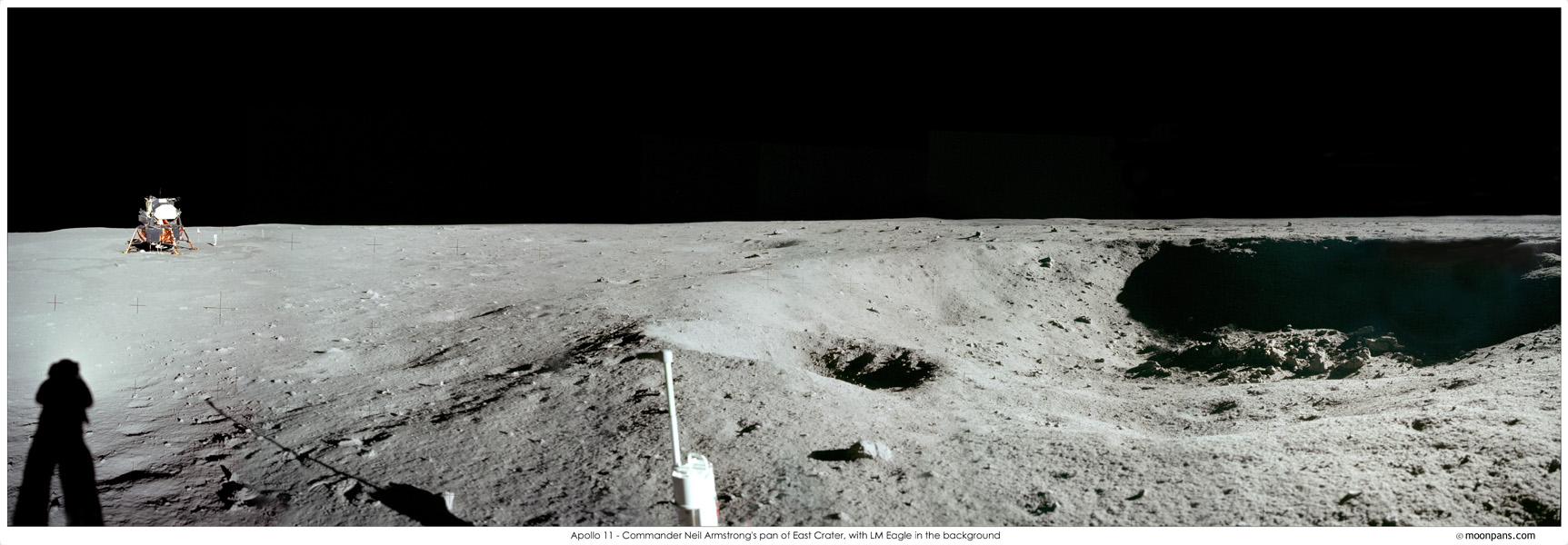
 - Video: Memories of Apollo 11
- Video: Memories of Apollo 11

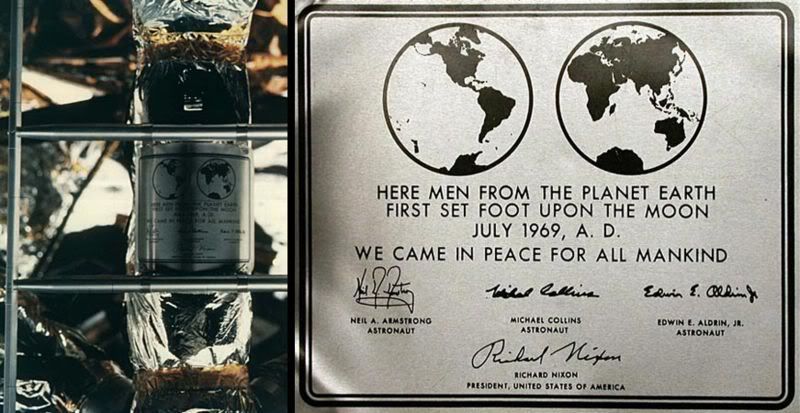 -
- 


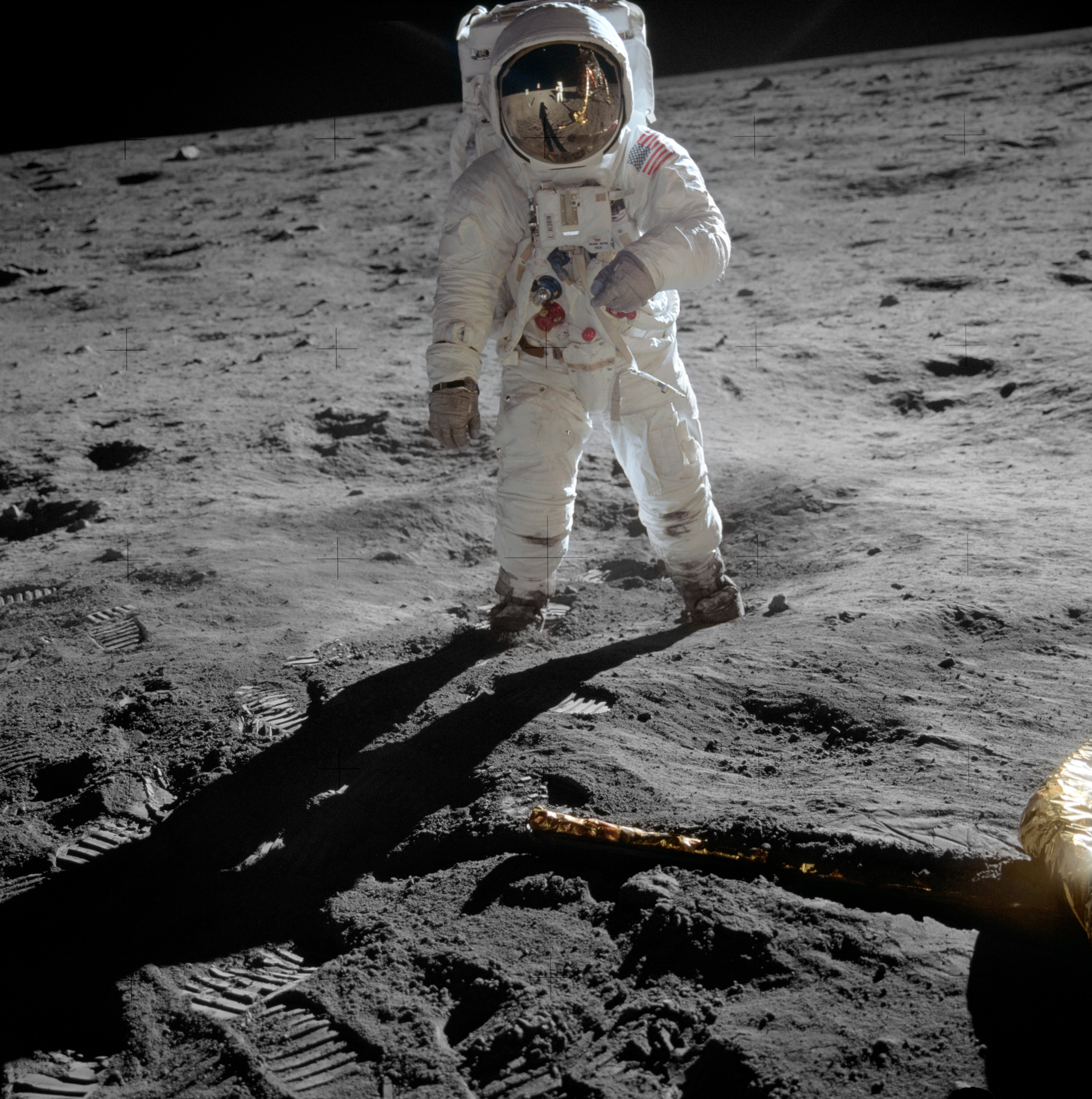





 Moon landing tape. (
Moon landing tape. ( -
- 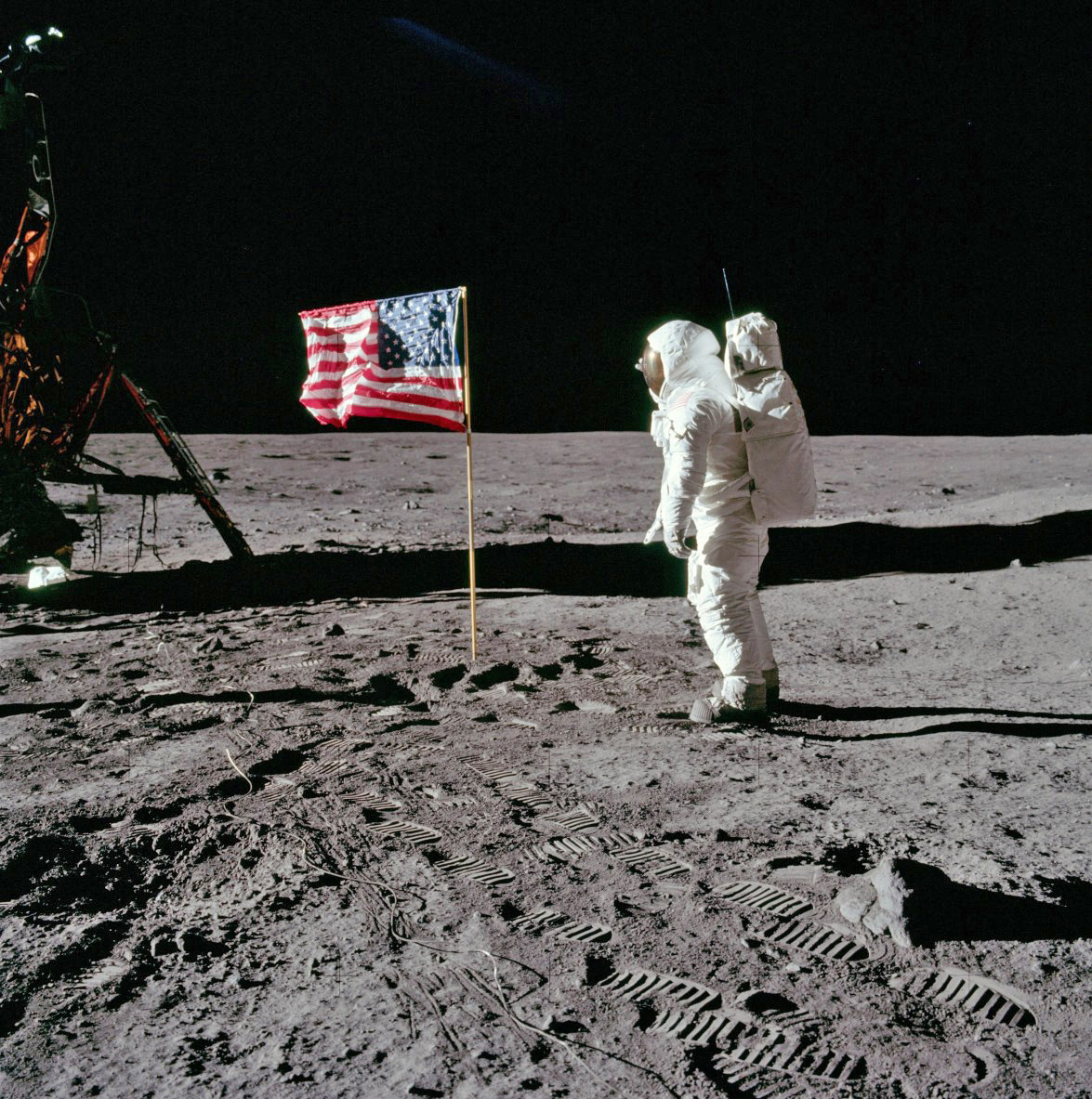
 Buzz Aldrin working at the MESA.
Buzz Aldrin working at the MESA.
 Apollo 11 astronauts back to Earth
Apollo 11 astronauts back to Earth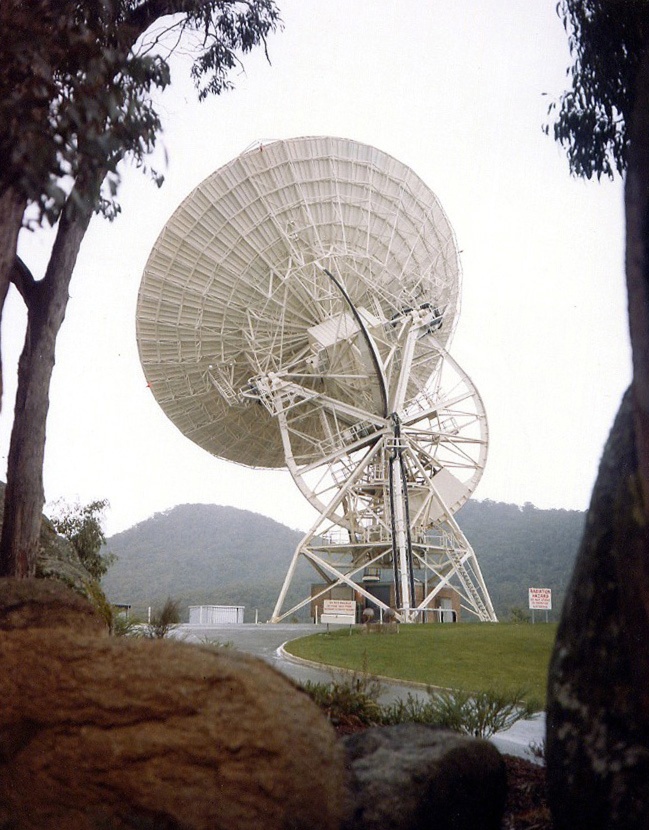 -
- 
 - Video:
- Video: 
 - Photo Gallery:
- Photo Gallery:  - Earthrise from Apollo 11
- Earthrise from Apollo 11

 Neil Armstrong - Video:
Neil Armstrong - Video:  -
- 
 - Moonwalker astronaut Dr. Buzz Aldrin
- Moonwalker astronaut Dr. Buzz Aldrin - An astronaut colecting moon rocks.
- An astronaut colecting moon rocks. 
 - Global Media Goverage:
- Global Media Goverage: 
 Earthrise photo from Apollo 8
Earthrise photo from Apollo 8 - The moonshot architecture took a while to emerge
- The moonshot architecture took a while to emerge


 -
-  - Photo Galery:
- Photo Galery:  Global Media Coverage:
Global Media Coverage:  -
-